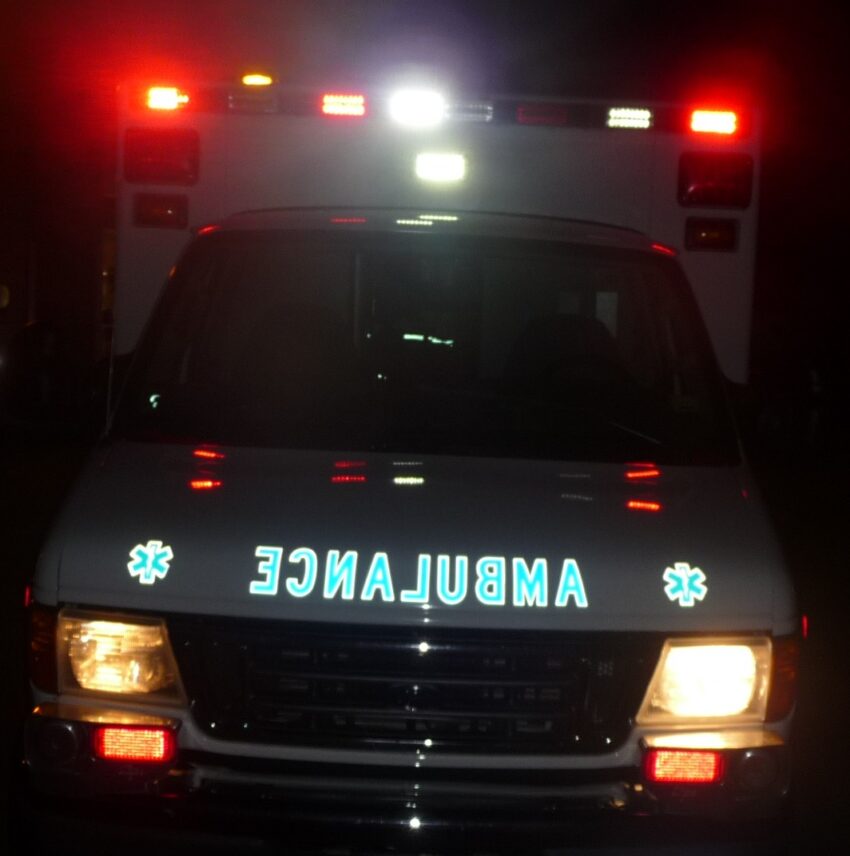An ambulance is late. Someone dies. There is public outcry. Calls for an investigation.
If you want to understand how this could happen, here are some questions you will want answered.
Who provides ambulance coverage in your town. It is a full-time municipal service with pensioned employees. Is it a volunteer service? Or does the city or town contract with an ambulance service?
How many ambulance are staffed and does the staffing change depending on the time of day?
If they contract with an ambulance service, what does the contract say? Are a specific number of ambulances required at certain times of the day? Are their response time parameters with fines if not met a certain percentage of the time? What is the track record of the ambulance service? Do they regularly meet their times or rarely?
Who dispatches the ambulances and who tracks the ambulances once they are dispatched? In what order are the first responders and ambulances dispatched and if the ambulances are dispatched after the first responders, how much later are they dispatched? Or are they both dispatched simultaneously?
Does the town have mutual aid agreements for coverage when all the town or city’s ambulance are tied up on calls and call volume exceeds the number of ambulances?
For a particular, how long after the incident was called into 911, was the ambulance crew dispatched? If there was a delay, why was there a delay?
How many ambulances were on at the time of the incident? What were those ambulances doing? Were they all on calls? What type of calls were they on? All priority ones or were they dispatched for swollen feet, sore throats or constipation?
How many ambulances were at the hospital? How long had they been at the hospital? How long were they in the triage line holding up the wall while they waiting to offload their patient? Are ambulances routinely tied up at the hospital waiting to clear triage and get a bed?
If the patient was eventually transported by a nonambulance, did the transport increase the patient’s chances for survival or decrease them? If it was a penetrating trauma requiring a surgeon to stop the bleeding , then transport in the quickest vehicle might have helped the person. But if it was a cardiac arrest with a patient requiring CPR and defibrillation, it may not have been a medically sound idea.
How much does the city or town pay for its police coverage? How much for its fire coverage? How much for EMS? In many areas, the answer will be millions for police, millions for fire and zero for EMS. While some cities and towns pay subsidies to the service, others pay nothing. EMS often supports itself only with patient billing. In many cases, the amount insurance–particularly Medicaid– pays is less than the cost of the service. In other cases, the patient has no insurance at all and is unable to pay a penny.
I’ve worked EMS over thirty years now. I have worked commercial and volunteer and overseen fire services. It is a rare day that there hasn’t been a time when each service wasn’t at level zero. Crews are constantly called out of the hospital — if they can get out — to take holding 911 calls.
These situations are not unique. They happen all over America, in big cities and small towns.
The bottom line is money. EMS is and has always been underfunded, especially compared to police and fire. Don’t blame the ambulance crews for the ambulance being late. The crews are nearly all underpaid and overworked.
Look in the mirror, American cities and towns. You get what you pay for. What are your priorities?

